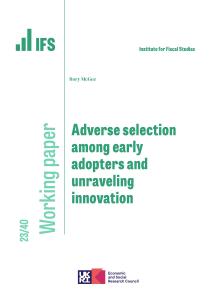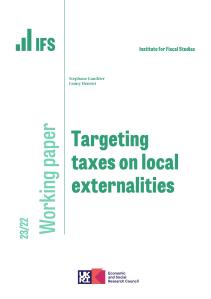In large-scale fundraising campaigns based on direct mailings, typically less than 5% of individuals donate to the charitable cause. We present evidence from two field experiments designed to measure the existence of transaction costs that inhibit charitable giving in such fundraising campaigns, and shed light on the nature of such transaction costs. The experiments are designed in conjunction with the Bavarian State Opera House. The first mail-out experiment was implemented over two stages using a within-subject design. We develop a theoretical framework that makes precise the identifying assumptions under which we can exploit this two-stage design to measure the following structural parameters among potential donors: (i) the share of donors who would make a strictly positive donation in the complete absence of transaction costs and (ii) the probability that a potential donor has sufficiently low transactions costs to make a strictly positive donation. Our results imply response rates to mail-out solicitations would almost double in the complete absence of transaction costs. The second field experiment provides more evidence on the nature of transaction costs. We distinguish between ex ante transaction costs, which prevent the choice problem from being considered and ex post transaction costs, which prevent choices being implemented. We find that the likelihood of a donation being made increases by 26% in response to even a small reduction in ex post transaction costs.










